Buy this landscape artwork Clover by Rinnie Wijnstra (FotoAmeland ) on canvas, ArtFrame, poster and wallpaper, printed on demand in high quality.
About "Clover"
by Rinnie Wijnstra (FotoAmeland )
About the artwork
BREAKING
Pairs courtship conspicuously. Breeds mostly in colonies. Nest a pit in the ground, sometimes more conspicuously with a true nest edge. On mud, bare meadow, fields. One brood, 3-4 eggs. Can make new clutch in new nest tens of km away after loss. Egg laying mid April-end June. Incubation period 23-25 days, young are nestlings, fledged after 35-42 days.
HABITAT
Mainly saline environments: mudflats with islets with bare soil, shells, some plants, short grass, often with plovers and terns. In fresh areas also on short grassland and in open arable land (beets, summer cereals, potatoes, corn). Short vegetations are essential. Can quickly establish itself somewhere. So it is a pioneer, which disappears again after vegetation succession.
FEED
In shallow water, sifts animal food from the mud with mowing movements of the bill, by feel. Especially sea squirts (Nereis diversicolor). During the breeding season, avocets forage more by stirring and pecking. Faeces research has shown that in the Dollard, a lot of Corophium volutator (mud shrimp), Copepoda (copepods), Columbola (springtails) Ostracoda (mussel shrimp) are caught in the process, as well as all kinds of insects and insect larvae.
BIRDS
The avocets that breed in the Netherlands migrate in autumn to southwestern Europe and northwestern Africa, but increasingly spend the winter in the Netherlands, in both the Delta and the Wadden area. During migration, strongly coastal, but is sometimes found along rivers and lakes inland. From February (mild winters) or March (colder winters), avocets return.

About Rinnie Wijnstra (FotoAmeland )
There is a lot to say about photography, but good photos say it all. My portfolio offers a selection of my work, photographed in the versatile Ameland landscape, which is different every day. The photos tell my story and show that photography is my passion... Read more…
 Netherlands
Netherlands Ordered in June 2022
Ordered in June 2022
 Germany
Germany Ordered in July 2021
Ordered in July 2021
 Germany
Germany Ordered in June 2025
Ordered in June 2025
 Germany
Germany Ordered in October 2023
Ordered in October 2023
 Germany
Germany Ordered in January 2023
Ordered in January 2023
 Germany
Germany Ordered in March 2023
Ordered in March 2023
 Netherlands
Netherlands Ordered in May 2020
Ordered in May 2020
 Netherlands
Netherlands Ordered in February 2023
Ordered in February 2023
 Netherlands
Netherlands Ordered in May 2021
Ordered in May 2021
 Netherlands
Netherlands Ordered in August 2017
Ordered in August 2017
 Germany
Germany Ordered in August 2019
Ordered in August 2019
 Netherlands
Netherlands Ordered in November 2019
Ordered in November 2019
About the material
ArtFrame™
Interchangeable Art Prints
- High-quality print
- Easily interchangeable
- Acoustic function
- Large sizes available
Discover the artworks of Rinnie Wijnstra (FotoAmeland )
 Lighthouse at sunsetRinnie Wijnstra (FotoAmeland )
Lighthouse at sunsetRinnie Wijnstra (FotoAmeland )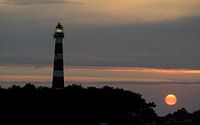 Ameland/Lighthouse at sunsetRinnie Wijnstra (FotoAmeland )
Ameland/Lighthouse at sunsetRinnie Wijnstra (FotoAmeland )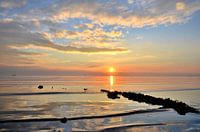 Ameland/WadRinnie Wijnstra (FotoAmeland )
Ameland/WadRinnie Wijnstra (FotoAmeland )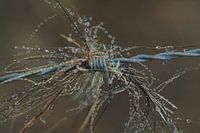 Macro DropsRinnie Wijnstra (FotoAmeland )
Macro DropsRinnie Wijnstra (FotoAmeland )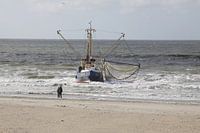 Ameland/Boat on the beachRinnie Wijnstra (FotoAmeland )
Ameland/Boat on the beachRinnie Wijnstra (FotoAmeland )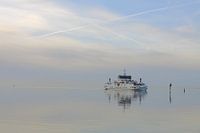 Wadden Sea AmelandRinnie Wijnstra (FotoAmeland )
Wadden Sea AmelandRinnie Wijnstra (FotoAmeland )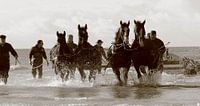 Horse rescue boatRinnie Wijnstra (FotoAmeland )
Horse rescue boatRinnie Wijnstra (FotoAmeland ) Horse LifeboatRinnie Wijnstra (FotoAmeland )
Horse LifeboatRinnie Wijnstra (FotoAmeland ) Ameland at its bestRinnie Wijnstra (FotoAmeland )
Ameland at its bestRinnie Wijnstra (FotoAmeland )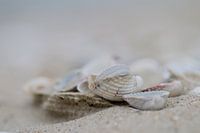 ShellRinnie Wijnstra (FotoAmeland )
ShellRinnie Wijnstra (FotoAmeland )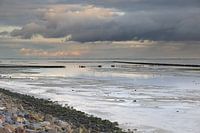 Ameland at its most beautifulRinnie Wijnstra (FotoAmeland )
Ameland at its most beautifulRinnie Wijnstra (FotoAmeland )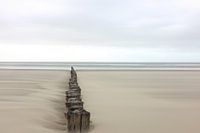 Bollard row HollumRinnie Wijnstra (FotoAmeland )
Bollard row HollumRinnie Wijnstra (FotoAmeland )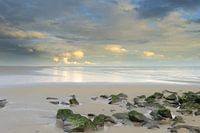 Ameland at its most beautifulRinnie Wijnstra (FotoAmeland )
Ameland at its most beautifulRinnie Wijnstra (FotoAmeland )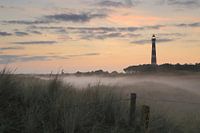 Ameland at its most beautifulRinnie Wijnstra (FotoAmeland )
Ameland at its most beautifulRinnie Wijnstra (FotoAmeland ) Ameland at its most beautifulRinnie Wijnstra (FotoAmeland )
Ameland at its most beautifulRinnie Wijnstra (FotoAmeland ) Ameland at its most beautifulRinnie Wijnstra (FotoAmeland )
Ameland at its most beautifulRinnie Wijnstra (FotoAmeland )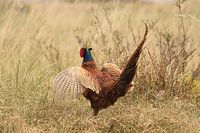 Pheasant in courtship plumageRinnie Wijnstra (FotoAmeland )
Pheasant in courtship plumageRinnie Wijnstra (FotoAmeland )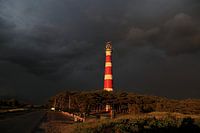 Ameland lighthouseRinnie Wijnstra (FotoAmeland )
Ameland lighthouseRinnie Wijnstra (FotoAmeland )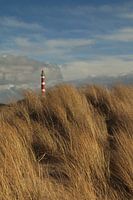 Ameland lighthouseRinnie Wijnstra (FotoAmeland )
Ameland lighthouseRinnie Wijnstra (FotoAmeland )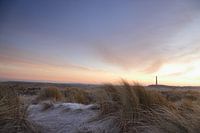 Ameland lighthouseRinnie Wijnstra (FotoAmeland )
Ameland lighthouseRinnie Wijnstra (FotoAmeland )
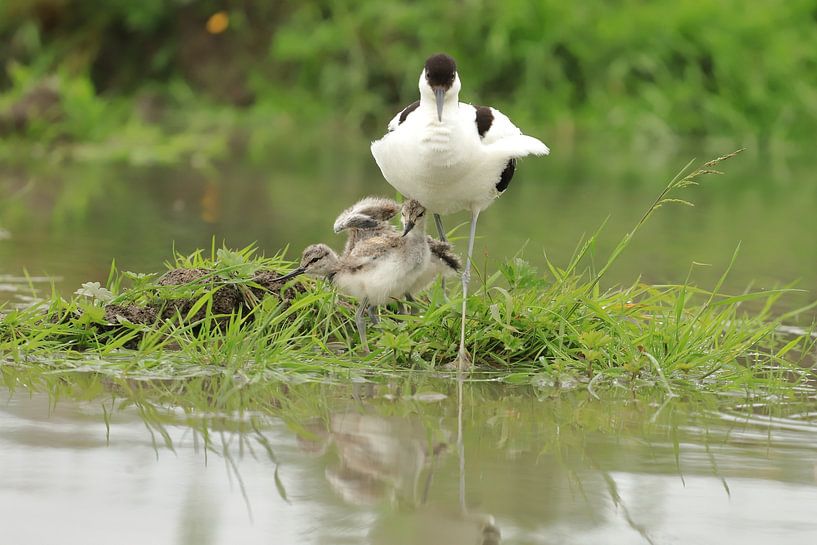


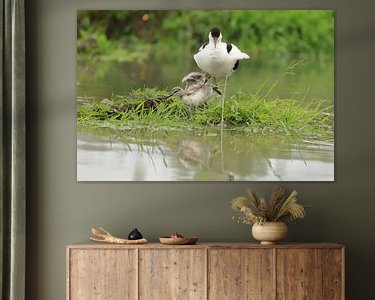


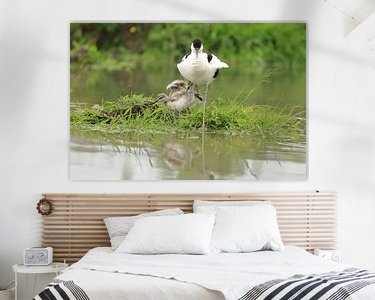

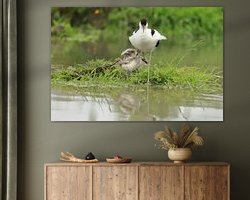

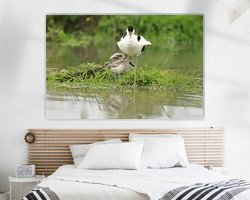

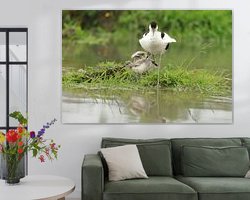
 Ameland
Ameland Birds
Birds Drops
Drops Landscapes
Landscapes Photo wallpaper
Photo wallpaper Photography
Photography Serene Peace
Serene Peace Wadden Islands and Wadden Sea
Wadden Islands and Wadden Sea









